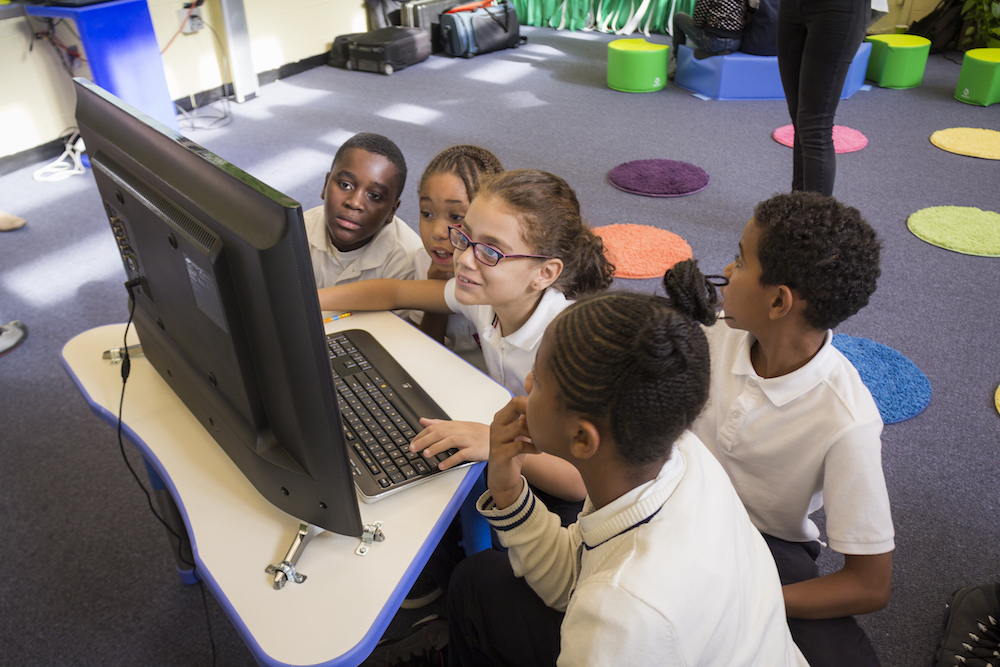
In recent years, there has been a concerted effort to protect children from failure in order to safeguard their fragile self-esteem. This seems logical – failure is unpleasant. It tends to make you look bad, you have negative feelings of disappointment and frustration, and you often have to start again.
While this is logical, it actually has the opposite effect. Children and adolescents in Australiaappear less able to cope than ever before.
The problem is, in our efforts to protect children, we take valuable opportunities for learning away from them. Failure provides benefits that cannot be gained any other way. Failure is a gift disguised as a bad experience. Failure is not the absence of success, but the experience of failure on the way to success.
The gift of coping
When we fail, we experience negative emotions such as disappointment or frustration. When children are protected from these feelings they can believe they are powerless and have no control over mastery.
The answer is not to avoid failure, but to learn how to cope with small failures. These low-level challenges have been called “steeling events”. Protecting children from these events is more likely to increase their vulnerability than promote resilience. When adults remove failure so children do not have to experience it, they become more vulnerable to future experiences of failure.
The gift of understanding natural consequences
One of the greatest gifts failure brings is we learn natural consequences to our decisions. It’s a very simple concept developed by early behaviourists: “when I do X, Y happens”. If I don’t study, I will fail; if I don’t practice, I may lose my spot on the team.
Allowing children to experience these outcomes teaches them the power of their decisions.
When parents and teachers derail this process by protecting children from failure, they also stand in the way of natural consequences. Studies show children who are protected from failure are more depressed and less satisfied with life in adulthood.
The gift of learning
Mistakes are the essence of learning. As we have new experiences and develop competence, it’s inevitable we make mistakes. If failure is held as a sign of incompetence and something that should be avoided (rather than a normal thing), children will start to avoid the challenges necessary for learning.
Failure is only a gift if students see it as an opportunity rather than a threat. This depends on their mindset.
Children with a growth mindset believe intelligence is malleable and can be changed with effort. Those with a fixed mindset believe they were born with a certain level of intelligence. So, failure is a signal for growth mindset children to try harder or differently, but a sign they aren’t smart enough for children with a fixed mindset.
Praise should be focused on effort
Praise can be used to compensate and help children feel valuable in the face of failure. We see this when children get a participation ribbon in a running race for coming in last.
But research indicates, paradoxically, this inflated praise has the opposite effect. In the study, when parents gave inflated praise (“incredibly” good work) and person-focused praise (such as “you’re beautiful”, “you’re smart” or “you’re special”), children’s self-esteem decreased.
Praise that is person-focused results in children avoiding failure and challenging tasks to maintain acceptance and self-worth. This is because praise is conditional on “who they are” rather than their efforts.
Praise for effort sounds like “you worked really hard”. This is better because children can control how hard they work, but they can’t control how smart or special they are. Children need to be free to learn without there being a risk to their sense of worth.
Tips for parents
So how do we do this well? Here are some tips to help parents support their children:
Protecting your child from failure isn’t actually helpful. Allow them to feel and live it, and let them have the gifts failure brings. Experiencing failure will make them more resilient and more likely to succeed in the future.







